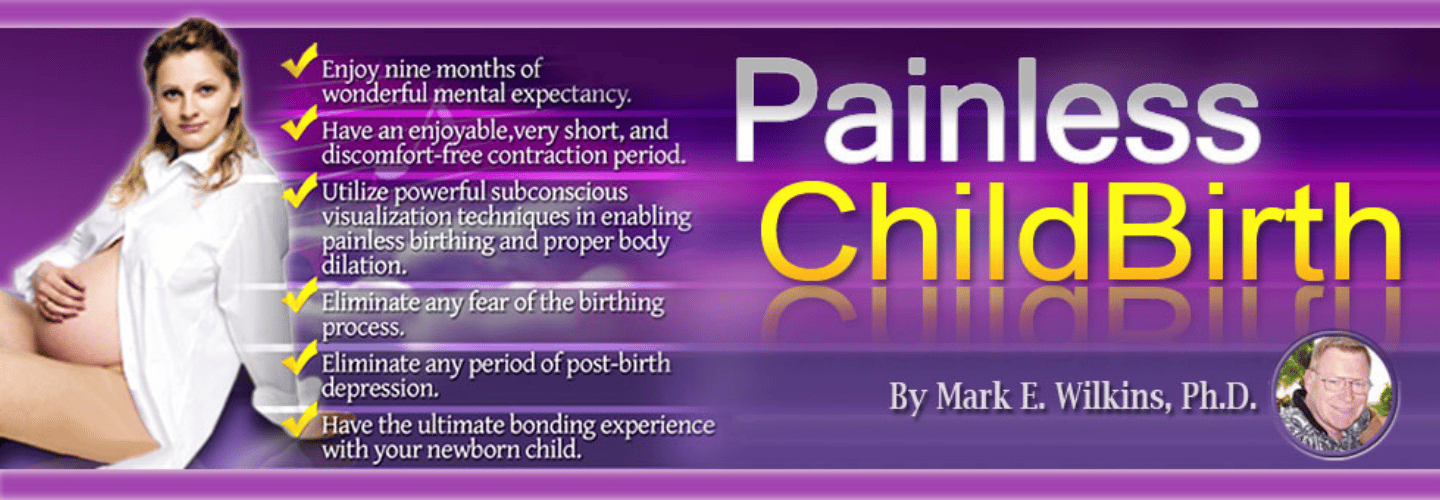
Hypnosis in childbirth offers a transformative approach by lessening dependency on pharmacological pain relief and minimizing medical interventions. It increases comfort and maternal satisfaction through enhanced pain management techniques such as deep breathing, visualization, and self-hypnosis. Women experience empowerment and autonomy in their birthing choices, leading to more natural and positive outcomes. These evidence-based practices not only support physiological well-being but also boost mental resilience. Further exploration can reveal additional insights into this effective method.
Key Takeaways
- Hypnosis in childbirth reduces the need for pharmacological pain relief, promoting a more natural birthing process.
- It empowers women by enhancing their ability to manage pain perception and increases confidence in childbirth decisions.
- Techniques such as focused breathing and visualization decrease medical interventions and shorten labor duration.
- Regular practice of hypnobirthing strategies, including self-hypnosis and relaxation, prepares women for a comfortable labor experience.
- Hypnosis improves maternal satisfaction by creating a serene mental environment and reducing physical tension during labor.
Exploring the Benefits of Hypnosis in Childbirth
While exploring the benefits of hypnosis in childbirth, it becomes evident that this technique markedly reduces the reliance on pharmacological pain relief during labor.
Hypnosis benefits include not only decreased dependency on medication but also fewer interventions during delivery. Clinical studies corroborate these outcomes, suggesting that hypnosis as a childbirth technique potentially enhances maternal satisfaction and comfort.
This method involves training pregnant women to enter self-induced hypnosis, promoting relaxation and pain management. In addition, it contributes to a positive childbirth experience by empowering women to manage their pain perception more effectively, thereby supporting a more natural birthing process.
Effective Techniques for Managing Labor Pain
Numerous techniques for managing labor pain through hypnosis have proven effective in providing expectant mothers with a more comfortable birthing experience.
Focused breathing techniques are pivotal, helping to regulate pain perception by promoting deep relaxation and maintaining a calm mental state.
Concurrently, visualization exercises enable women to mentally transport themselves to a serene environment, which greatly diminishes the intensity of labor pains.
These methods are supported by evidence suggesting that the integration of breathing and visualization not only reduces the need for pharmacological intervention but also enhances the overall wellbeing and birthing satisfaction of the mother.
Steps to Prepare for Hypnobirthing

Understanding and applying the effective techniques of managing labor pain through hypnosis sets a solid foundation for expectant mothers to initiate the next essential step: preparing for hypnobirthing. Hypnosis preparation involves structured learning and practice to master childbirth relaxation techniques. Below is a concise guide for expectant parents:
| Step | Description |
|---|---|
| Enroll in Classes | Gain structured guidance from professionals. |
| Practice Regularly | Daily sessions to reinforce techniques. |
| Use Audio Aids | Listen to hypnosis recordings for reinforcement. |
| Learn Relaxation | Master breathing and visualization strategies. |
This methodical approach enhances comfort and control during labor, empowering mothers for a smoother childbirth experience.
The Role of Self-Hypnosis During Labor
As labor progresses, the role of self-hypnosis becomes increasingly essential in managing pain and enhancing the birthing experience.
Employing self-hypnosis techniques during labor allows for a deeply personal management of the birthing process. This method involves a series of practiced techniques that promote relaxation and pain control.
- Deep Breathing: Facilitates physiological relaxation and focus.
- Focused Visualization: Enhances mental escape and reduces pain perception.
- Positive Affirmations: Strengthens mental resilience and emotional state.
- Progressive Muscle Relaxation: Decreases physical tension, aiding in pain reduction.
- Cue-Controlled Relaxation: Triggers relaxation responses quickly and effectively during contractions.
The Impact of the Mind-Body Connection in Childbirth

The mind-body connection plays a pivotal role in childbirth, influencing both physiological responses and emotional well-being during labor.
Embracing mindfulness techniques enhances this connection, potentially easing the labor process by fostering emotional resilience and reducing perceived pain.
Scientific evidence supports that mindfulness practices, such as focused breathing and progressive relaxation, contribute to improved outcomes in childbirth.
These techniques help in managing stress hormones, thereby promoting a more relaxed labor environment and facilitating smoother physiological labor progress.
Ultimately, the strategic application of mindfulness empowers women, equipping them with tools to navigate the challenges of childbirth with increased confidence and calmness.
Empowering Women Through Hypnosis
Empowering women through hypnosis in childbirth not only fosters a sense of control but also greatly diminishes the anxiety associated with labor.
The clinical application of hypnosis offers significant childbirth empowerment, emphasizing a woman's autonomy over her birthing experience. Hypnosis benefits manifest as reduced pain perception and enhanced emotional well-being.
- Reduction of Pharmacological Interventions: Fewer women require medical pain relief.
- Enhanced Pain Management: Hypnosis alters pain perceptions effectively.
- Increased Emotional Resilience: Women report higher confidence and less fear.
- Autonomy in Birth Choices: Encourages active participation in decision-making.
- Positive Birth Outcomes: Linked to shorter labors and reduced interventions.
Stories of Success: Real-Life Experiences With Hypnobirthing

While many clinical studies highlight the efficacy of hypnobirthing, personal success stories from women who have experienced this method firsthand are equally compelling.
Hypnobirthing testimonials frequently emphasize reduced pain and anxiety during childbirth, aligning with clinical findings. Personal experiences often detail the empowerment felt through using self-hypnosis and focused breathing techniques.
These accounts provide qualitative evidence supporting hypnobirthing as a beneficial practice for managing labor pain. Women report a heightened sense of control and a more positive birthing experience, substantiating the methodical approaches taught in hypnobirthing classes and practiced during labor.
Such narratives underscore the transformative potential of hypnobirthing.
Frequently Asked Questions
How Can Hypnosis Impact the Duration of Labor?
Hypnosis may influence labor duration by facilitating labor progress and enhancing pain management, potentially leading to more efficient contractions and reduced stress, which can contribute to a decrease in the overall length of labor.
Are There Any Risks Associated With Hypnobirthing?
Hypnobirthing, despite its benefits, carries potential risks primarily rooted in hypnosis misconceptions. If improperly practiced, it might lead to inadequate pain management, emphasizing the need for methodical, evidence-based approaches in its application.
Can Hypnobirthing Techniques Be Used in a Cesarean Delivery?
Hypnobirthing techniques, focusing on hypnosis benefits, can be adapted for cesarean delivery, aiding in relaxation and mental preparedness. Cesarean preparation using hypnobirthing may reduce anxiety and enhance postoperative recovery through effective pain management strategies.
How Does Hypnobirthing Affect the Baby's Health Post-Birth?
Hypnobirthing may lower a baby's stress at birth, facilitating maternal bonding. Evidence suggests enhanced early interactions, potentially due to reduced stress hormones and a calmer birthing environment, fostering a positive start in life.
What Are the Credentials of a Qualified Hypnobirthing Instructor?
A qualified hypnobirthing instructor typically holds certification from an accredited hypnobirthing organization, ensuring they meet specific educational and experience requirements to effectively teach and guide expectant parents through the hypnobirthing process.
Conclusion
To sum up, the utilization of hypnosis in childbirth exemplifies a compelling intersection of psychological prowess and physiological process. Evidence-based studies affirm that hypnobirthing notably reduces labor pain, enhances maternal satisfaction, and promotes a positive birthing experience. This methodical approach not only substantiates the theory of the mind's influence over the body but also empowers women to harness their inner strength, transforming their childbirth experience into one of control, tranquility, and empowerment.




